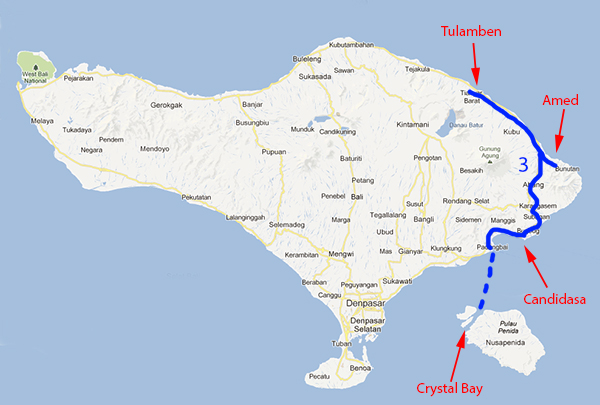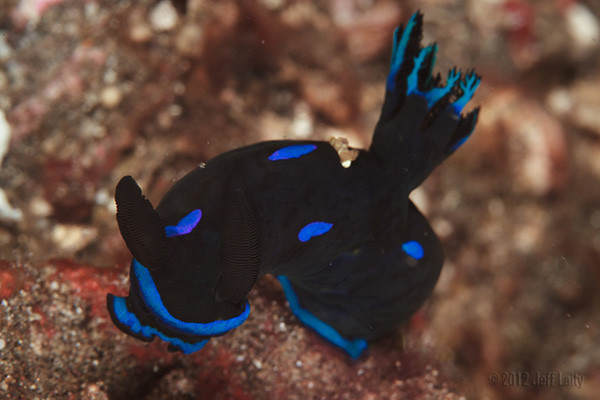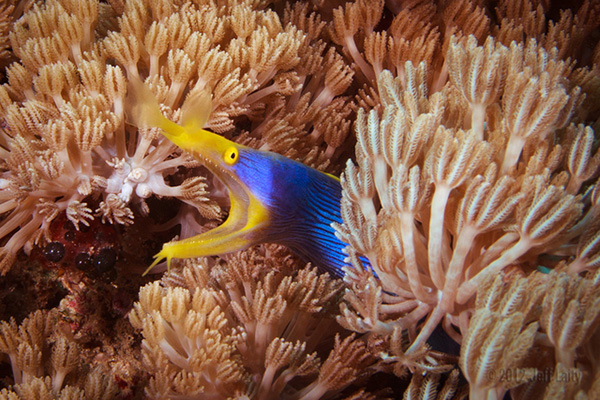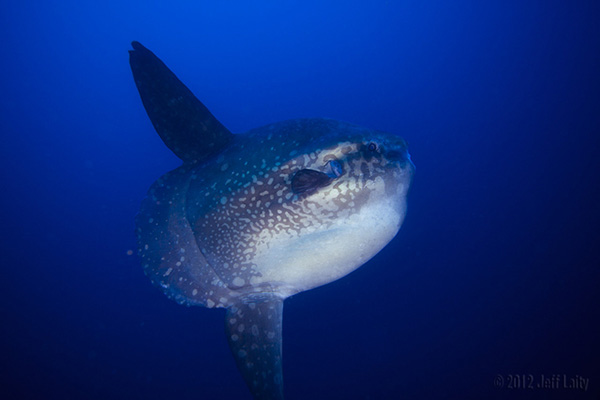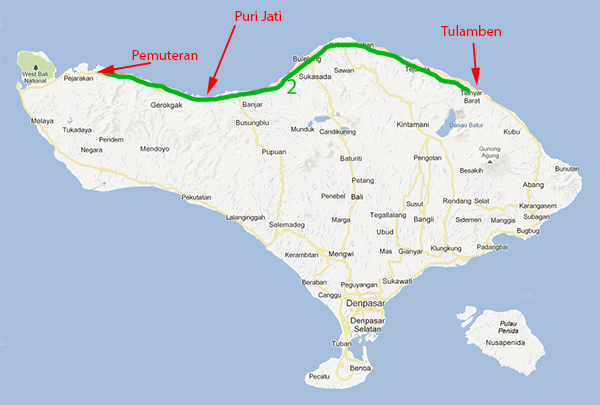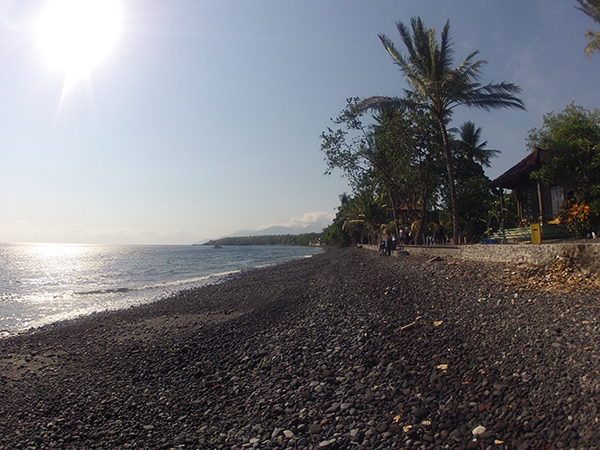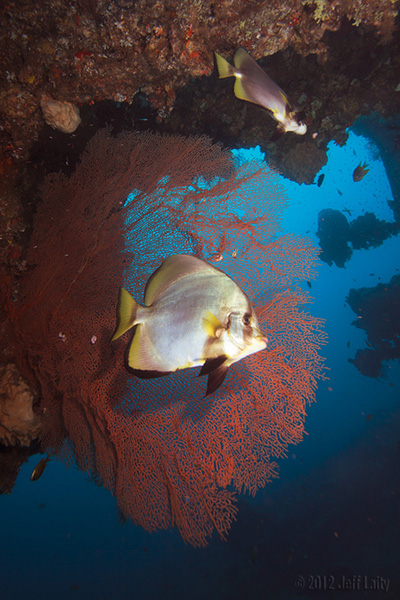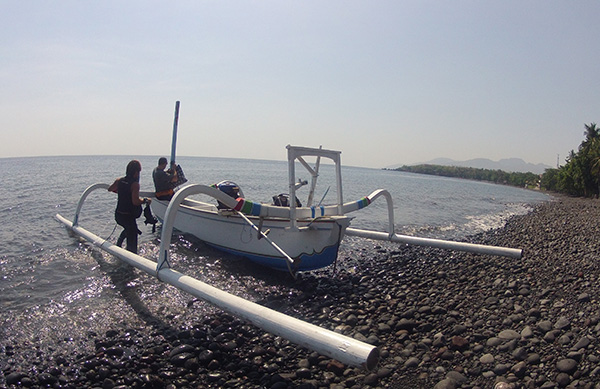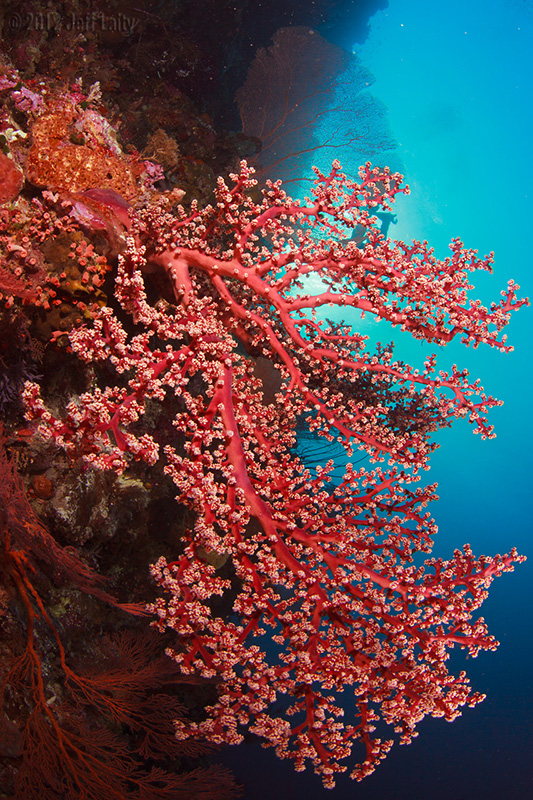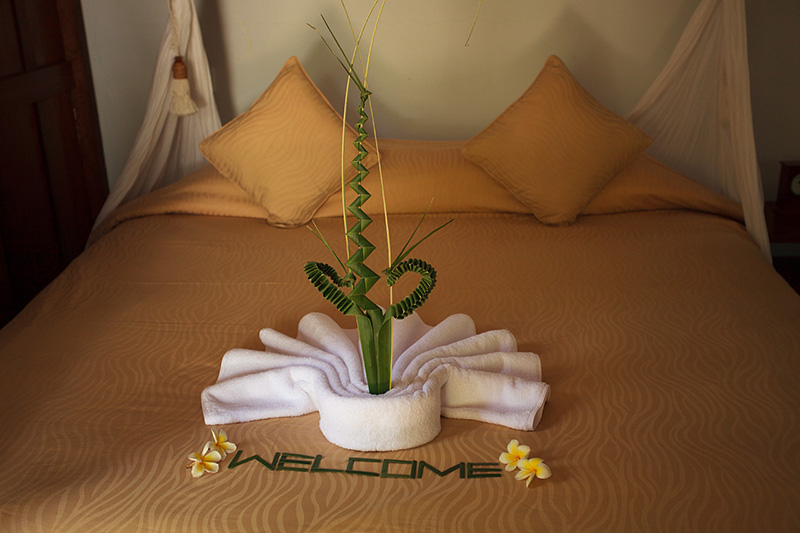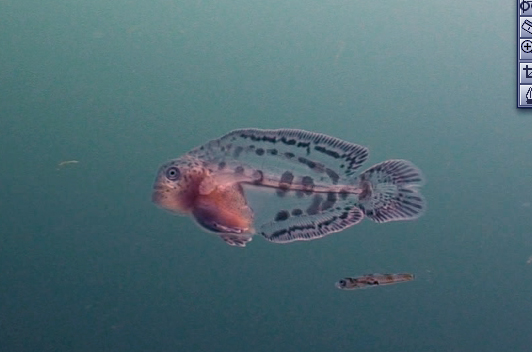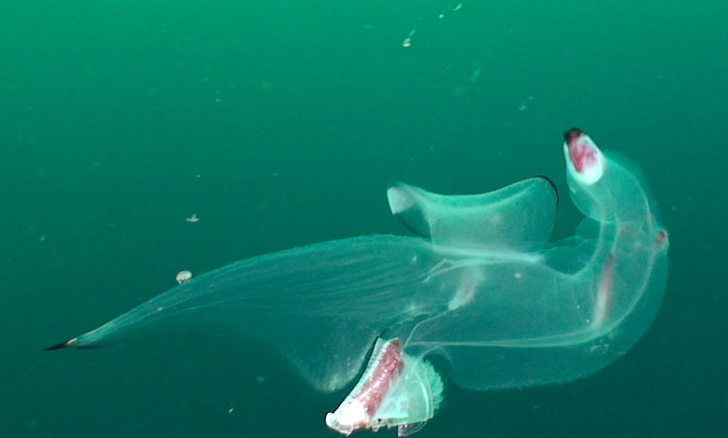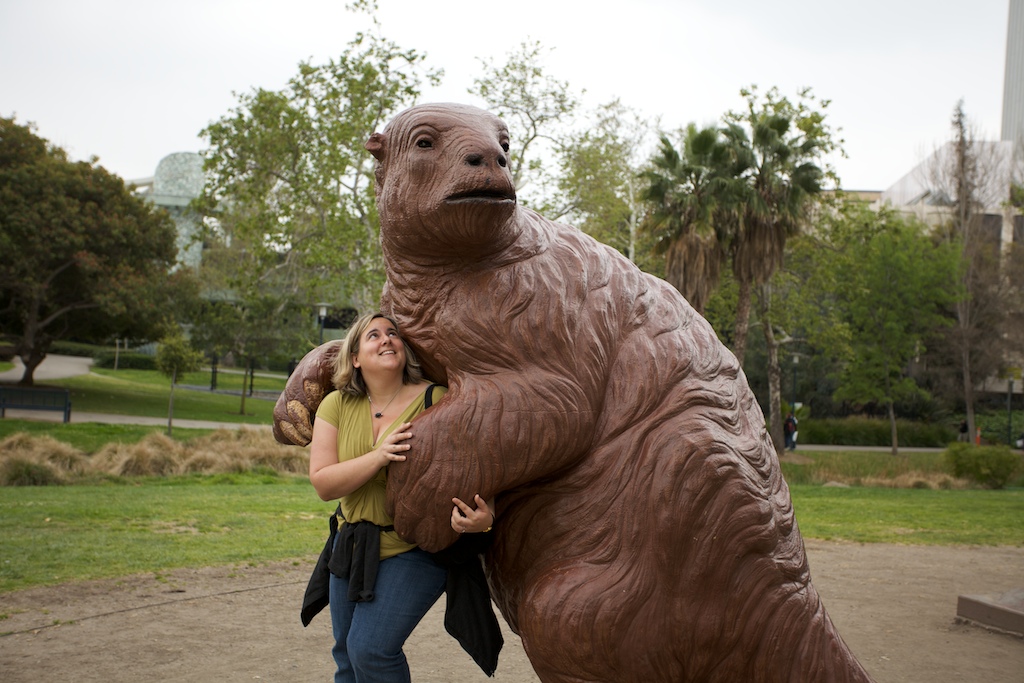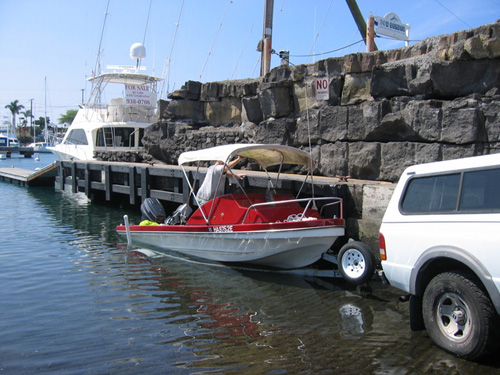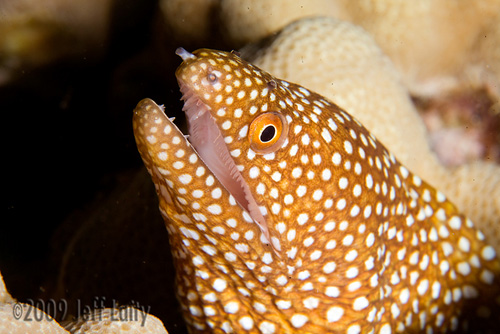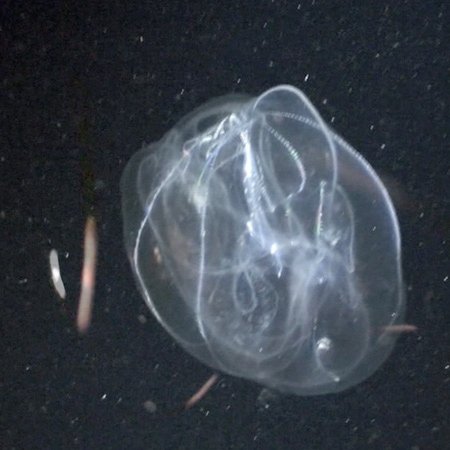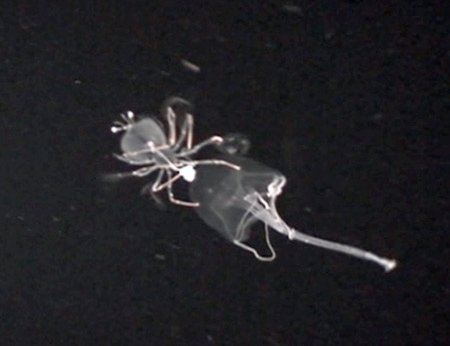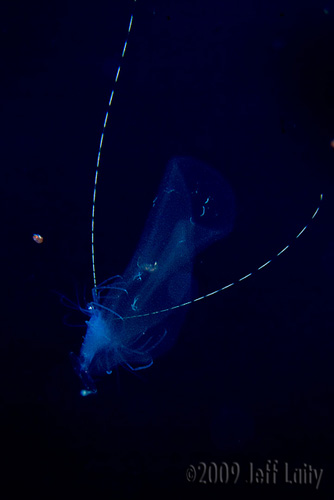Indonesia October 2012 – A Day Off in Ubud
After a week (or more) of constant diving, you need a full 24 hours between your last dive and your flight home. On our first few dive trips, we’d usually allow a couple of days for sightseeing… but we just wound up wishing we’d dived more. So these days, we stick to just one “topside day” at the end of a trip.
We spent our Bali day up the hill a bit, in Ubud. It’s kind of a strange place. On the one hand, it’s the “cultural center” of Bali, full of historic temples and with a thriving community of local artists. But it’s also full of European expats, American tourists (especially of the rather New Age-y type, and also the occasional celebrity), and some of the tackiest crap I’ve ever seen for sale on an island. And that is saying something.
We stayed at the ARMA Museum and Resort, just outside of town. I had to read that twice the first time too: ARMA began as an art museum, and then expanded into a resort with several restaurants. It was definitely the nicest place we stayed, with beautiful grounds and comfortable rooms.
Since we only had one full day in Ubud, we started early: at 6am we joined the ‘Golden Hour Tour’ offered by the ARMA Resort and led by Agung Rai. This is notable because Agung Rai is actually the founder of ARMA; the Golden Hour Tour is his way of showing off the local neighborhood to visitors before they wilt from the heat later in the day. He picked us up in his car at the hotel parking lot, and off we went, on a personal tour of his favorite photogenic spots around Ubud.
Entrance to a family compound:
I always feel a little weird coming in as a tourist and photographing people living their lives. I try to imagine how I’d feel if a bunch of wealthy foreigners came strolling down my street trying to take candid shots of me mowing the lawn. (Not that I’ve ever mowed a lawn). It just seems… tacky.
With Mr Rai stopping to chat up various locals that he knew (and who were presumably used to being put ‘on display’ for his passengers), it felt a little less tacky. Rice farming looks like a pretty exhausting job, but it is quite photogenic!
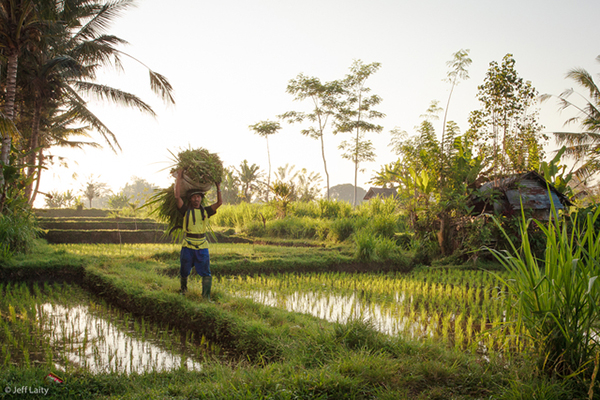

We stopped to wander around one of the temples – luckily Mr. Rai keeps a set of sarongs in his car for the tourists.
Agung Rai shows us around:
If I went back to Ubud, I think I’d spend more time doing this sort of thing (wandering around the countryside with wealthy museum-owners) – it was definitely a high point of the day.
The other thing I loved in Ubud was, obviously, the Sacred Monkey Forest.

Just outside the monkey forest are women selling bananas for the tourists to feed to the monkeys. I’ve never turned down an opportunity to feed a wild animal, so of course we stocked up.
Turns out you don’t so much “feed the monkeys” as “fend off the monkeys” when you walk into a monkey forest holding a bunch of bananas.
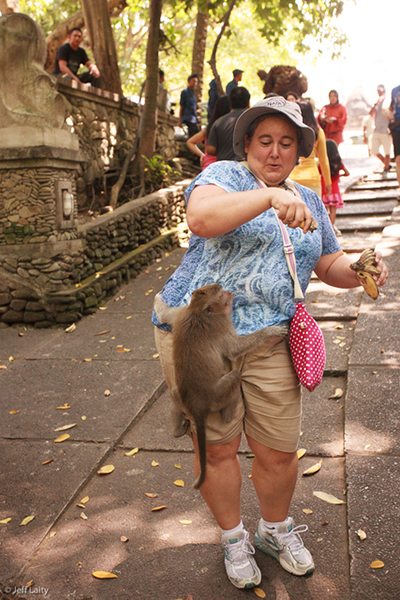

That’s banana in his mouth, not teeth:
Now there are TWO monkeys on my head:
A Balinese man who seemed to know his way around took us under his wing. He wasn’t an employee of the place; it was just out of the kindness of his heart. Ha ha, I kid – eventually it came out that he wanted us to buy some paintings. Which I was more than happy to do in return for the half hour of his time as he guided us through the forest. He helped entice friendly monkeys closer, and shooed away angry ones from time to time. Totally worth it.
Don’t piss off the monkeys: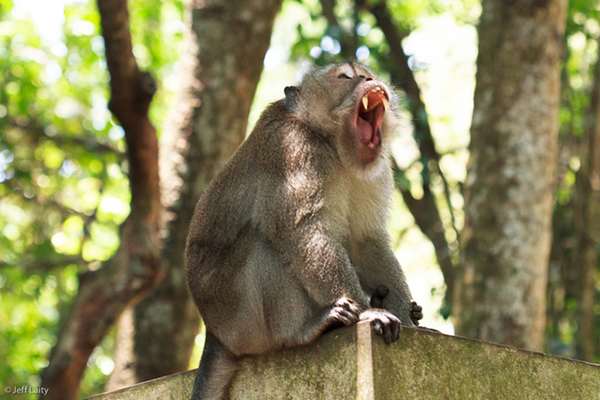

Sadly, Ubud was kind of downhill for us after monkeys. (To be fair, after you’ve been climbed my monkeys I guess there’s nowhere to go but down.) We were on the prowl for trinkets to bring home to friends, and I assumed Ubud would be the perfect place for shopping. Maybe it is if you know what you’re doing, but basically we spent 3 hours sweating our way through one crappy store after another, all selling the same crappy mass-produced stuff that was probably made in China. All the really nice stuff was huge and/or expensive (original pieces of art, beautiful furniture), so maybe Ubud is a better place to shop if you’re furnishing a local vacation home instead of planning to fly your purchases somewhere.
Or maybe we were just too heatstroked and sweaty to be good shoppers!
So that was our day off – rice terraces, monkeys, and total shopping failure. Two out of three ain’t bad!
AquaMarine picked us up one last time Saturday morning – along with our dive gear, which they had washed, dried, and packed down at their dive center while we bopped around Ubud. Amazing service right up til the end!
I hope this report has made some of you folks think about Bali and/or Wakatobi – or combine the two, like we did. We will definitely be going back!
For more pics, check out our Bali Gallery.
